Features (articles)
Back to Japanese Basics: The essential staples of a Japanese pantry
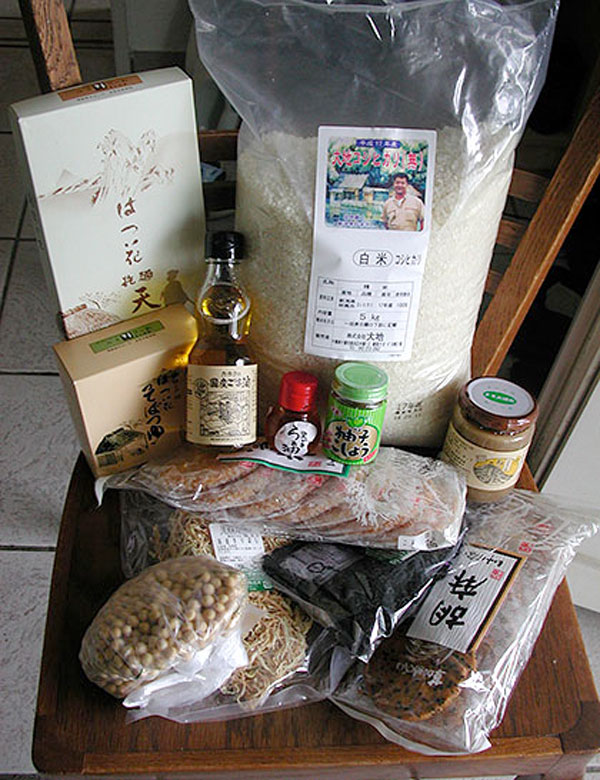
My mother, who lives in Yokohama, occasionally sends me a box of Japanese food goodies. Since she is in her own way as much of a foodie as I am, she diligently scours the land for great sources of locally produced, artisanal and/or organically produced foods. Many of these foods are known under the umbrella term sanchi chokusou(産地直送), direct from where it was produced. If you think French people are hung up on terroir, you should read some Japanese food magazine ads for sanchi chokusou products. Here's a photo of a recent box that arrived by seamail. (If you go to the flickr page, there are notes that describe what each item is.)
I'm always writing about Japanese food from the perspective of a person living outside of Japan, where it's naturally more difficult to get a hold of various ingredients. Japanese food prices outside of Japan are more often than not priced in the range of luxury gourmet items. I feel that most books written about Japanese cooking for a non-Japanese audience don't address the issue of the difficulty or expense of getting the right ingredients outside of Japan or an area with a big Japanese population. While I can rely on my mother to supplement my pantry, I've had to pare down what I do purchase and keep there while still being able to reproduce those "flavors of home".
The must-have ingredients
These are things I always have in stock. If your interest in Japanese cooking is limited, or you're on a tight budget, concentrate on this list first.
- Medium grain rice, white or brown. This is most often sold nowadays as "sushi rice". Japanese cuisine is based on rice. See this basic Japanese rice primer in the archives. See also: Looking at different types of rice.
- Japanese soy sauce. Soy sauces produced by various soy-sauce-using countries do differ. For Japanese food, use Japanese soy sauce, rather than Chinese, etc. A good, widely available and not too expensive brand is Yamasa. Kikkoman is okay, and generally not expensive since the company produces it worldwide rather than shipping it from Japan. You can spend a lot for good soy sauce, an there is a difference in flavor, but it's not totally necessary to do so for most everyday needs.
- White miso (shiromiso). There are different kinds of miso, but the white (actually a pale yellow-brown) kind is the most versatile.
- Bonito flakes (katsuo bushi). Not only is this used to make dashi stock, but it's also used as a condiment in so many foods such as tofu, blanced spinach, and so on. A purist can get a solid dried bonito and shave their own, but the pre-shaved bags are more convenient.
- Konbu seaweed. Essential for making good dashi stock, as is bonito flakes.
- Sake. In a pinch a sweet sherry can be substituted, but many Japanese foods include sake as an ingredient. You don't have to get an expensive brand - as long as it's drinkable it is fine for cooking.
- Mirin - sweet fortified liquor made from rice, used exclusively in cooking.
- Rice vinegar. Rice vinegar is mild and sweeter than white wine vinegar. You will also see something called sushi vinegar - this is just rice vinegar with added flavorings, mainly salt. Making sushi vinegar mix is so easy that I don't see a need for stocking sushi vinegar.
- Dried shiitake mushrooms. More intense in flavor than fresh, they are used a lot as a flavoring as well as an ingredient.
- Sesame seeds. These are often used toasted and ground up, or whole as a condiment.
- Dark sesame oil. This is used for flavoring many dishes, especially chuuka (Japanese Chinese-style) dishes.
- Green tea leaves. Sencha is the standard green tea (shincha is new sencha), and there is kukicha (made from the stems), genmaicha (with toasted rice), hatomugicha (with toasted barley), and so on. Matcha, or powdered green tea, is not made that much in the home (you get it at tea ceremonies, prepared by a skilled person), but it's often used nowadays for cold drinks and ice cream.
- Non-Japanese dry or bottled ingredients that are used a lot in Japanese cooking: salt, sugar, Worcestershire sauce, mayonnaise, potato starch flour or cornstarch flour, white wheat flour.
And a few essential fresh ingredients:
- Fresh ginger. Powdered ginger cannot be substituted.
- Spring onions or green onions and leeks. Leeks are used more than onions, though onions are used in a lot of Japanese Western-style dishes or yohshoku.
- White daikon radish. In Europe, mouli can be substituted. Used cooked as well as raw; in stews, soups, as garnish, etc. Grated daikon radish cuts down on the oiliness of things like tempura and grilled oily fish. In a pinch you can use red radishes instead, especially for salads, grating and so on.
Good to have ingredients
These are ingredients that are staples of a Japanese kitchen, but aren't as essential as the ones above.
- Tofu and tofu products such as aburaage (fried thin tofu), atsuage (tofu blocks that have been deep fried), kohya dofu (frozen and dried tofu, somewhat spongy), okara and yuba (very thin sheets of dried tofu). You might wonder why tofu isn't in the Essential category. While tofu is ubiquitous in Japanese cooking, you can still get Japanese flavored dishes without it.
- Wakame seaweed. This is available either preserved in salt, or dried. The dried kind is easier to handle. Used in miso soup, salads, and as sashimi garnish. See hijiki, wakame, konbu/kombu.
- Nori seaweed. The black dried sheets used to wrap sushi rolls, also used shredded as a topping and so on. It's even cooked to a paste to eat with rice.
- Seven-ingredient red pepper powder (called shichimi togarashi or sometimes nanami togarashi. Togarashi is sometimes spelled tohgarashi). This is a coarsely ground red pepper condiment that's used on udon noodles, cold tofu, and so on. It has ground up yuzu peel, sesame seeds, and other good things in it.
- Ground curry powder. Curry flavor is very popular in Japan. See curry powder formula.
- Wasabi paste or powder.
- Mustard paste or powder. This is plain mustard (equivalent to English mustard powder, e.g. Colman's), not the kind with vinegar.
- Japanese pepper (sanshou). Available usually in powdered form, though in Japan fresh sanshou is used too.
- Dried anchovies (niboshi). This is used as an alternative to, or in addition to, the classic konbu seaweed and bonito flake combination for making dashi stock in some regions.
- Ponzu. Basically a citrus juice - yuzu or sudachi plus lemon is usual. (There is also a product called Ajipon, a mixture of ponzu, soy sauce and flavorings.)
- Yuzu in various forms. Yuzu is a citrus fruit with a tangy juice and fragrant peel. You can find dried yuzu peel powder, or yuzu juice. It is possible to use lemon juice instead, though it will be different. (There are many other kinds of citrus used in Japanese cooking, such as sudachi, daidai, etc. but yuzu is the only one so far that has gaines some sort of distribution outside of Japan.)
- Various dried foods: hijiki, a dark seaweed; kanpyou, dried gourd strips often used in sushi rolls; kiriboshi daikon, dried shredded daikon radish. See hijiki, wakame, konbu/kombu.
- Various dried beans: azuki, black beans (kuromame), and white beans (ingenmame) are the most commonly used.
- Various dried noodles: soba, so-men (thin white wheat noodles), udon, etc.
- Umeboshi, or pickled plums. Nowadays touted as a macrobiotic food product, umeboshi is part of my childhood. Used in rice balls, in bento boxes, and as flavoring for various things.
- Red miso (akamiso). This is a bit stronger in taste, and usually more salty, than white miso.
- Short grain sticky (glutinous) rice (mochigome), used for some sweet and savory dishes (such as Japanese red beans and rice, or sekihan.
- Various fish-paste products such as chikuwa - used in soups and oden (a sort of stew).
- Shiso leaves. Shiso (perilla) is the most common herb used in Japanese cooking, about as useful as fresh basil is in Italian cooking. The green kind is used fresh, and the red kind is used for pickling.
- Sesame chili oil (ra-yu). Dark toasted sesame oil infused with red chili. This can turn rancid fast so store after opening in the refrigerator.
- Rice bran for pickling (nuka). People of an older generation in Japan pine for the flavor of nuka zuke - vegetables pickled in wet fermented rice bran. I seem to have been born younger than the nuka zuke cutoff point or something, since I don't really miss this type of pickles, though I have thought about making my own nuka doko (rice-bran pickling bed). It's sort of like minding a sourdough base.
- Instant dashi stock granules, as backup.
Not essential at all
There are lots of these of course, but here are a few that are often mentioned as 'essential' Japanese ingredients, but I have little use for.
- Tamari soy sauce. This is a pet peeve of mine, but I find it rather annoying when tamari is touted as a more 'real' soy sauce than regular soy sauce in some circles. Tamari literally means the dregs; it's the dark, somewhat viscous soy sauce at the bottom of the barrell. Tamari is traditionally only used as a dipping sauce.(Conversely, in Kyoto, which has arguably the most refined cuisine in all of Japan, they regard the regular dark soy sauce that is used in the rest of the country as an inferior product that contaminates the color and flavor of foods too much, and prefer a light colored soy sauce.)
- Furikake. I will write about furikake in depth soon, but in a nutshell it's a dried, flaked topping for rice (if you remember that Japanese food mostly centers around plain, white rice, a lot of things make sense) and comes in various flavors. A certain "gourmet" newsletter lists it as some kind of wonder food, which is sort of funny since I always grew up with the notion that furikake was sort of low-class. My maternal grandfather, a rather strict gentleman, didn't allow it on his table. But I do love it. Keep in mind that most commercial furikake is loaded with MSG. I like to make my own as time allows - see furikake recipes on Just Bento.
- Ajinomoto, aka MSG. A lot of Japanese households still have a bottle of this, but I find the flavor a bit too harsh.
For more about Japanese flavors, see the SaShiSuSeSo article from the archives. And if you are serious about Japanese cooking, don't miss the Japanese essence in a bottle.
See also
- About Japanese ingredients and substitutions
- Essential Japanese cooking equipment
- A dozen Japanese herbs and vegetables to grow
- Looking at rice
- Japanese miso primer

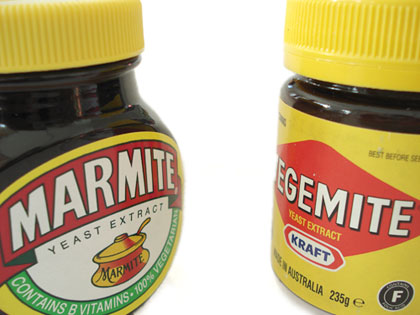
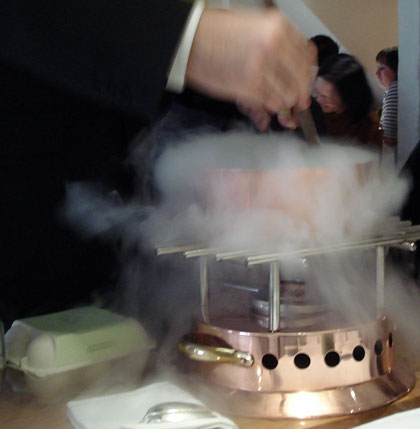
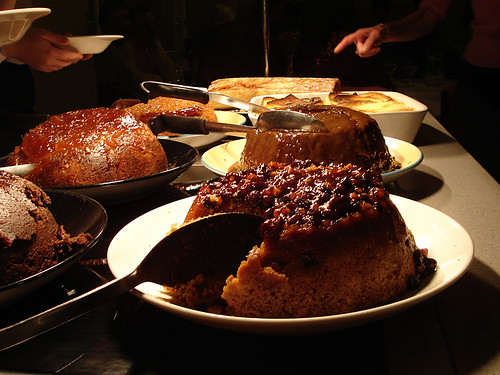
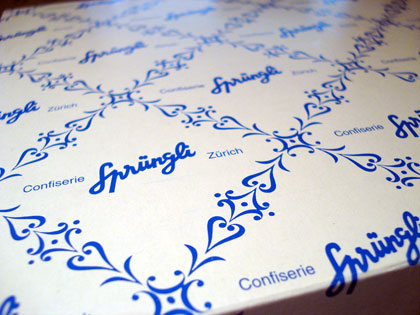
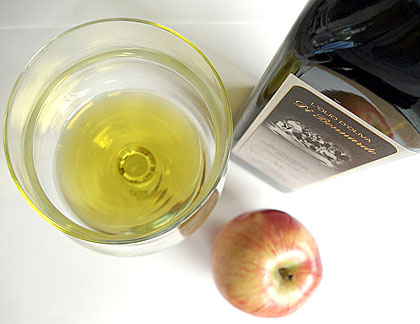
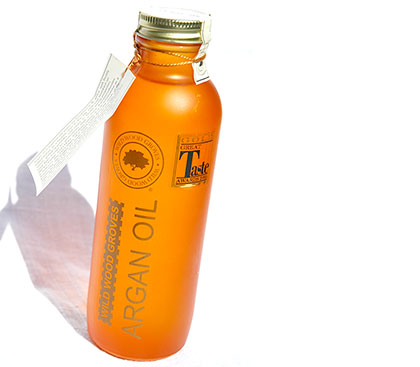
 Welcome to Just Hungry, where we serve authentic Japanese recipes and more! I'm
Welcome to Just Hungry, where we serve authentic Japanese recipes and more! I'm 











